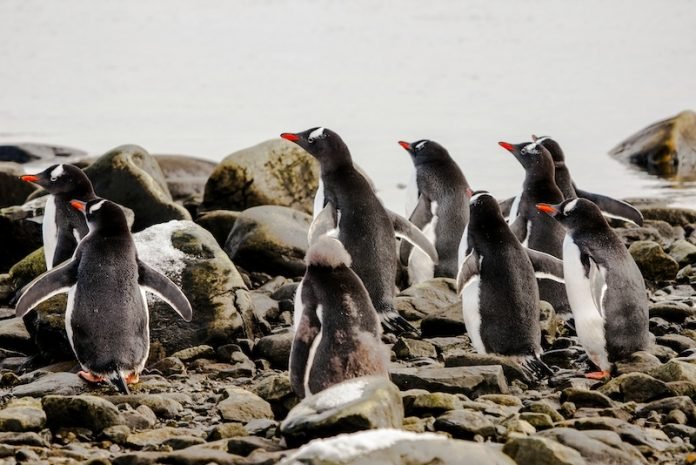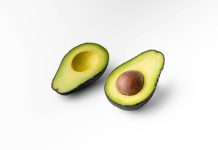
When we think of plastic pollution, images of ocean creatures tangled in trash often come to mind. However, this problem stretches far beyond these scenes, reaching the far-off polar areas of the Arctic and Antarctica.
These remote regions are not only dealing with large pieces of plastic but also with tiny particles known as microplastics and even smaller ones called nanoplastics.
These tiny pollutants can travel long distances from where they were originally discarded or can be swallowed by animals traveling to populated areas.
A detailed study published in Frontiers in Marine Science by Davide Taurozzi and Professor Massimiliano Scalici from Roma Tre University in Italy has shed light on how widespread this issue is, especially for seabirds living in these icy environments.
Their research looked back at 40 years of studies on seabirds eating microplastics, analyzing over 1,100 samples.
These samples included the birds’ stomach contents, their crop pouch (a part of the throat used for storing food), their guano (a mix of food waste and poop), and pellets (balls of undigested material they throw up).
They discovered that 13 different seabird species in these cold regions have been eating microplastics. This list includes birds like little auks, northern fulmars, and various types of penguins.
The study found thousands of plastic particles across these birds, with almost every bird tested in the Arctic and almost all in Antarctica having eaten plastic. On average, they found multiple pieces of microplastic in each bird examined.
Most of these plastics were bits of polyethylene, polypropylene, and polystyrene, coming from everyday items like plastic bags and food containers.
These bits of plastic can harm the birds in several ways, including blocking their digestive systems, poisoning them, and causing other health problems.
The study also highlighted a bigger issue: microplastics are not just a direct threat because birds eat them, but also because these particles are found in the food chain.
For example, krill, which some penguins eat, have been found to contain microplastics. This shows how the problem affects the entire ecosystem.
With seabird numbers in both the Arctic and Antarctica dropping, there’s a growing need for actions to protect these important birds.
Besides plastic pollution, these regions face other human pressures, such as more tourists, increased fishing, and ships passing through more frequently. Plus, global warming is causing ice to melt, changing the habitat these birds rely on.
This situation in the Arctic and Antarctica shows how human activities impact even the most remote parts of our planet. It’s a reminder that we need to keep working on solutions to reduce our environmental footprint and protect these vital ecosystems and their inhabitants.
The research findings can be found in Frontiers in Marine Science.
Copyright © 2024 Knowridge Science Report. All rights reserved.



